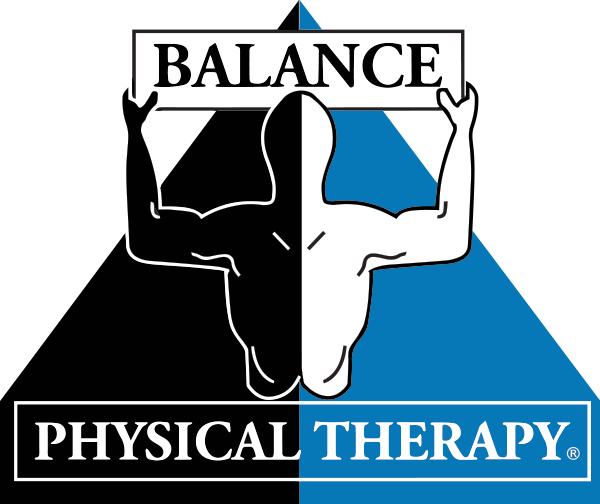The pelvic floor is a group of muscles that supports and stabilizes the pelvis and spine, supports organs, aids in control of bladder and bowel functions, and helps with sexual functions.
There is a common misconception that only women can suffer from pelvic health issues, yet men may also experience pelvic floor dysfunction over time.
PUMPING UP THE PELVIC MUSCLES
Just as we work to strengthen other muscle groups, the pelvic floor responds well to targeted manual therapy and exercise, and any number of symptoms can be resolved.
Pelvic floor therapy offers both men and women many benefits; improving organ prolapse, bowel and bladder control, and sexual function. Women benefit from PT before and after childbirth. Pelvic PT is also beneficial following surgeries including but not limited to hysterectomies, prostatectomies, c-sections.
BENEFICIAL EXERCISES FOR MEN AND WOMEN
1. Transverse Abdominis (TA) contraction
An important muscle in everyday function, and especially in regards to pelvic floor health. It is the binder that supports your abdominal organs.
- Lie on your back with your knees bent so that your feet are on the floor.
- Feel for bony prominences on the top of your hips. From this bony landmark go two finger widths towards your belly button and downwards.
- Gently pull your belly button towards your spine. You will feel a muscle slightly tighten under your fingers. This is a very small movement.
- Begin by holding for 2 seconds. Make sure you continue to breathe as you hold the contraction.
- Repeat 10 times.
- As this becomes easier, increase your hold time to 5 seconds, 7 seconds, then 10 seconds. Remember, do not hold your breath! This is a small contraction and it is possible to hold it and breathe at the same time.
- Bridge
While bridges primarily strengthen the buttocks, they also help work the pelvic floor. Follow these steps:
- Lie down on your back, bend your knees, and place your feet flat on the floor, hip-width apart. Let your arms fall to the sides with palms facing downward.
- Squeeze the buttocks to lift the buttocks off the ground. Ideally you will lift your hips high enough to create a bridge, or a downwards slope from your knees to your head.
- Hold position for 3–8 seconds.
- Slowly lower your hips to the ground.
- Repeat up to 10 times.
- Rest, then perform up to 2 additional sets.
- If you feel back pain, tuck your pelvis (top of your hips go backwards) before lifting.
3. Squats
Along with the bridge, squats can promote a stronger pelvic floor and buttocks. Follow these steps:
- Stand with your feet hip-width apart, keeping them flat on the floor.
- Bend at the knees to bring the buttocks toward the floor, going only as low as is comfortable. Keep the back straight and bring your buttocks backwards as if you are about to sit on a chair.
- Focus on tightening the buttocks and pelvic floor while returning to a standing position.
- Repeat for a total of 10 repetitions.
- Rest before performing any additional sets.
Pelvic Floor Myth: Kegels
Almost everyone has heard that if you have a pelvic floor dysfunction/condition, or even if you don’t, that you should do kegels. WRONG!
Things to know:
- Incontinence and/or pelvic pain does NOT necessarily mean that you have a weak pelvic floor and you need to strengthen it.
- Incontinence and/or pelvic pain can also be a result of your pelvic floor muscles being too tight, or overactive.
- When you urinate or defecate, it is actually a relaxation of muscles, not a contraction.
Therefore if your pelvic floor isn’t strong enough, you may not be able to sustain the pressure of the urine and/or feces and this causes the leakage. Similarly, if your pelvic floor muscles are too tight, they cannot function at an optimal length; your body is unable to appropriately relax which also causes leakage!
- Furthermore, incontinence can be linked to behaviors! Do you immediately have to urinate/defecate when you pull into the driveway or unlock your door?
- The only way to know if your pelvic floor is too tight, weak, just right, or dysfunction is stemming from other factors such as behavior, diet, or poor biomechanics during activities, is to be evaluated by a pelvic floor physical therapist.
- If your pelvic floor is already working overtime, kegels will actually make the problem worse, not better.
